Pixel 10 Pro Fold vs Pixel Fold: Night and Day
We may earn a commission if you make a purchase from the links on this page.

Intro
Google has lifted the curtain before its latest Pixel family – the Pixel 10 series. Along with all other non-foldable models, the third generation of the Pixel Fold, the Pixel 10 Pro Fold made its debut.
The name might be a little misleading, as Google rebranded the Fold last year and shuffled the Pro lineup to make room for the XL, but the really interesting comparison is the one with the original Pixel Fold.
In this article we will try to see how far the foldable Pixel has come in the past couple of years. There are some exciting differences in all areas, including the main and cover displays, the processor inside, and the camera system. How good is the new Pixel 10 Pro Fold, and should you consider it if you're a fan of foldables? Let's find out!
Google Pixel 10 Pro Fold vs Google Pixel Fold differences:
| Pixel 10 Pro Fold | Pixel Fold |
|---|---|
| Design similar to the Pixel 9 Pro Fold, but with slimmer hinge | Different design, shorter and wider, also thicker when unfolded |
| A 6.4-inch cover and 8-inch internal screens | A smaller 7.6-inch main screen, and also smaller 5.8-inch cover screen |
| 3,000 nits of peak brightness | 1,450 nits of peak brightness |
| Triple rear camera (48MP+10.5MP+10.8MP), dual 10MP selfie cameras | Similar triple camera system (48MP+10.8MP+10.8MP) |
| Google Tensor G5 (3nm) with 16GB of RAM possible | Three-generation older Google Tensor G2 (5 nm) with 12GB of RAM |
| Just 256GB and 512GB versions, no 1TB option | Same 256GB and 512GB storage options |
| A bigger 5,015 mAh battery | Slightly smaller 4,821 mAh battery |
| IP68 water and dust resistance | IPX8 only water resistant |
| 30W wired charging, 15W wireless (Qi2 standard) | 21W wired charging and 7.5W wireless charging |
| Android 16, seven years of software support | Upgradable to Android 16 |
Table of Contents:
Read more:
Design and Size
Similar to last year
When Google entered the foldable game, the company decided to go against the grain and offer a different design. The original Pixel Fold was wider and shorter than most of the foldables at the time, with a 5.8-inch cover screen and a squarish 7.6-inch inner display.
The phone was comfortable to work with both folded and unfolded, but the weight of nearly 300 grams made handling for extended periods tiring.
The second generation changed things around and opted for a more Galaxy Fold-like aspect ratio and size, and the same design is present on the Pixel 10 Pro Fold.
The dimensions are very similar to the previous generation, which, compared to the original Pixel Fold, would mean a narrower and taller device once again. When it comes to weight, the new phone comes in at around 258 grams—substantially lighter than the first generation.
The phone was comfortable to work with both folded and unfolded, but the weight of nearly 300 grams made handling for extended periods tiring.
The second generation changed things around and opted for a more Galaxy Fold-like aspect ratio and size, and the same design is present on the Pixel 10 Pro Fold.
The dimensions are very similar to the previous generation, which, compared to the original Pixel Fold, would mean a narrower and taller device once again. When it comes to weight, the new phone comes in at around 258 grams—substantially lighter than the first generation.
| Pixel 10 Pro Fold | Pixel Fold |
|---|---|
| Thickness 5.2 mm unfolded 10.8 mm folded | Thickness 5.8 mm unfolded 12.1 mm folded |
| Weight 258 grams | Weight 283 grams |
The building blocks of a modern smartphone haven't changed in the past couple of years, and the same goes for the Pixel Fold and the Pixel 10 Pro Fold. Both phones use aluminum and glass for their construction.
The original Pixel Fold uses Corning Gorilla Glass Victus over the cover screen, and the Pixel 10 Pro Fold upgrades this protection to Gorilla Glass Victus 2. When it comes to IP ratings, the Pixel Fold launched with IPX8 protection, while the Pixel 10 Pro Fold features a proper IP68 dust and water resistance.
| Pixel 10 Pro Fold colors | Pixel Fold colors |
|---|---|
| - | Obsidian |
| - | Porcelain |
| Moonstone | - |
| Jade | - |
Color-wise, the Pixel Fold is available in just two hues – Porcelain and Obsidian, Google's take on the black and white colors. The Pixel 10 Pro Fold, on the other hand, scrapes these usual hues of black and white and goes for the new colorways this year - Jade and Moonstone.
These are available on other Pixel 10 devices as well with Moonstone being a graphite-like gray, and Jade representing a pastel green.
Also read:
Display Differences
The original Pixel Fold launched with a very interesting aspect ratio that mandated different screen sizes (compared to the Galaxy Fold, for example). The phone featured a 7.6-inch main screen and a 5.8-inch cover screen.
Google changed the approach with the next generation, and this change has been carried over to the Google Pixel 10 Pro Fold as well. The main screen is an 8-inch OLED with a 120 Hz refresh rate and a peak brightness of 3,000 nits. In comparison, the main screen of the Pixel Fold is rated at 1,450 nits only.
The Pixel Fold managed 973 nits at 100% APL—a pretty decent result at the time. Interestingly, the pixel density is in favor of the original Pixel Fold, which sports a 1840 x 2208 pixel resolution, resulting in around 378 PPI, while the new model boasts a 2076 x 2152 pixel resolution and 374 PPI. Not a big difference, but it's there nonetheless.
Google changed the approach with the next generation, and this change has been carried over to the Google Pixel 10 Pro Fold as well. The main screen is an 8-inch OLED with a 120 Hz refresh rate and a peak brightness of 3,000 nits. In comparison, the main screen of the Pixel Fold is rated at 1,450 nits only.
| Pixel 10 Pro Fold | Pixel Fold |
|---|---|
| Cover screen 6.4 inches | Cover screen 5.8 inches |
| Main screen 8.0 inches | Main screen 7.6 inches |
Regarding the cover screen, things are again different. The Pixel 10 Pro Fold comes with a 6.4-inch cover screen, brighter at the same 3,000 nits of peak brightness as the main display.
The cover screen of the original Pixel Fold was able to go up to 1,550 nits only. Both phones feature a 120 Hz display refresh rate across their main and cover screens.
The results of the display tests above show the big leap Google has taken with brightness in just a couple of generations. Interestingly, the older Pixel Fold excels in other areas of our display test, such as minimum brightness and color accuracy.
Performance and Software
Steady evolution

The Pixel Fold was launched in a separate window from the other Pixel phones, which is one of the main reasons the phone has a Tensor G2 processor on board. It's already three generations older than the brand-new silicon inside the Pixel 10 Pro Fold.
The aforementioned Pixel 10 Pro Fold has the latest Tensor G5 chipset, built using 3nm technology. This chipset is promising because Google has moved from its partnership with Samsung and doesn't use Exynos as a base architecture for its Tensor chips anymore.
The new Tensor G5 is manufactured by TSMC and features a different architecture. Google says it will be 60% faster than the Tensor G4 when it comes to AI tasks and 34% better in all-around CPU performance.
The aforementioned Pixel 10 Pro Fold has the latest Tensor G5 chipset, built using 3nm technology. This chipset is promising because Google has moved from its partnership with Samsung and doesn't use Exynos as a base architecture for its Tensor chips anymore.
The new Tensor G5 is manufactured by TSMC and features a different architecture. Google says it will be 60% faster than the Tensor G4 when it comes to AI tasks and 34% better in all-around CPU performance.
| Pixel 10 Pro Fold | Pixel Fold |
|---|---|
| Chipset Tensor G5 3nm | Chipset Tensor G2 5nm |
| Memory 16GB | Memory 12GB |
| Storage 256GB 512GB 1TB | Storage 256GB 512GB |
CPU Performance Benchmarks:
GPU Performance
Looking at the results above, we can say they are expected. The Pixel 10 Pro Fold is much faster than its granddad, in the vicinity of the aforementioned 60%.
In terms of RAM, the Pixel Fold has 12GB LPDDR5 on board, while the Pixel 10 Pro Fold mimics the RAM of the previous generation, featuring 16GB of the same LPDDR5 RAM on board. The storage on the Pixel 10 Pro Fold caps at 1TB, while the original Pixel Fold has only two storage options—256GB and 512GB.
Camera
Some improvements?
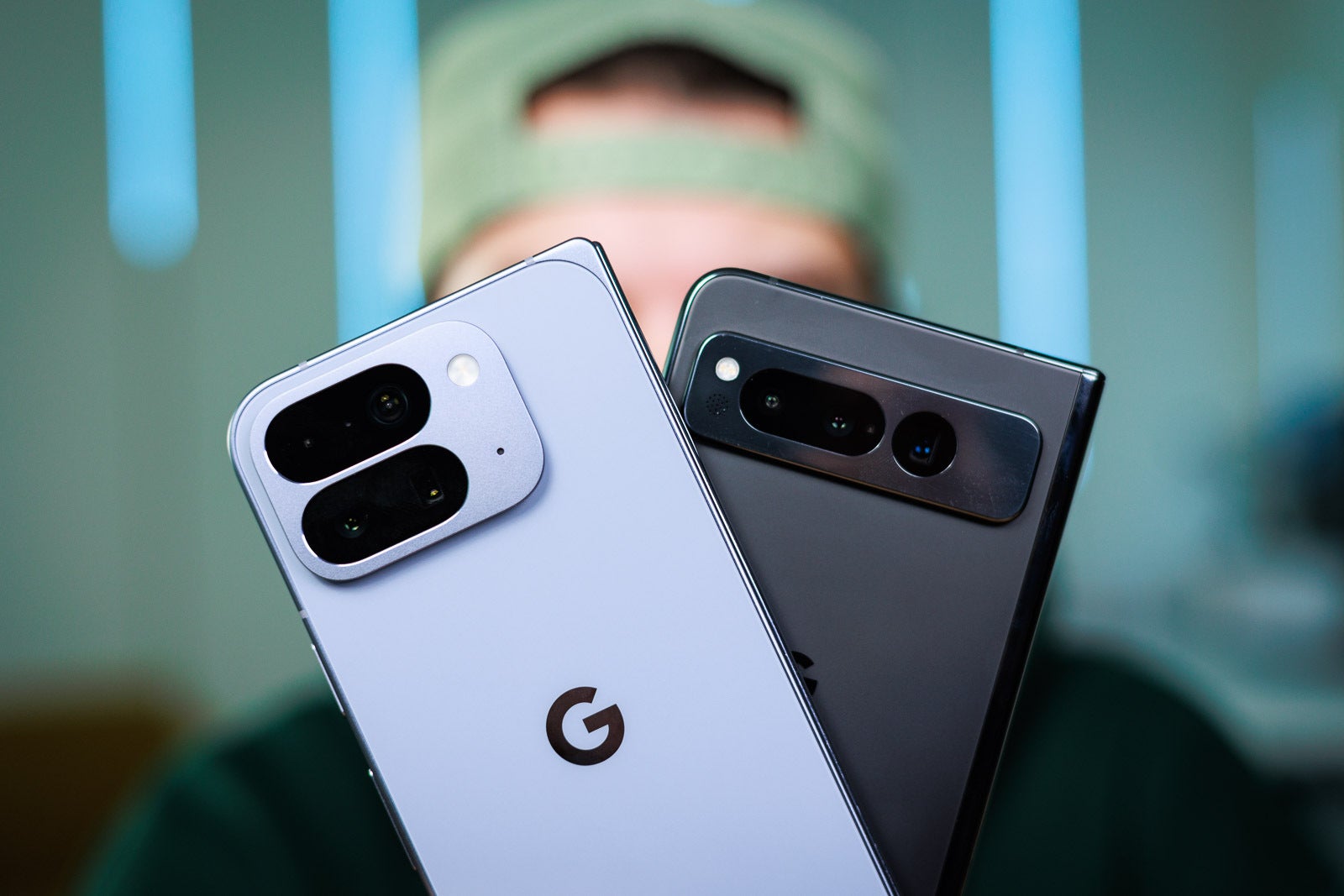
PhoneArena Camera Score:
The original Pixel Fold launched with a pretty potent camera system. It included three cameras on the back and two selfie cameras. The main camera uses a 48MP sensor with an f/1.7 aperture, coupled with a 10.8MP ultrawide camera, and the trio is completed by a 10.8MP telephoto with 5x optical zoom.
Google tweaked this system on the Pixel 9 Pro Fold but not by much, and we have the same hardware on the Pixel 10 Pro Fold.
| Pixel 10 Pro Fold | Pixel Fold |
|---|---|
| Main camera 48MP | Main camera 48MP |
| Ultrawide 10.5MP | Ultrawide 10.8MP |
| Telephoto 10.8MP 5X | Telephoto 10.8MP |
| Cover selfie 10MP | Cover selfie 9.5MP |
| Internal selfie 10MP | Internal selfie 8MP |
The Pixel 10 Pro Fold features a similar camera system to its predecessor, including a 48MP primary camera, a 10.5MP ultrawide, and a 10.8MP telephoto with a 5X zoom.
This system looks similar on paper not only to the last generation but also to the one found on the original Pixel Fold. If we taka a look at the Camera score above, it turns out that these two camera systems are nearly identical, according to our lab tests as well. Time for some real-life samples.
This system looks similar on paper not only to the last generation but also to the one found on the original Pixel Fold. If we taka a look at the Camera score above, it turns out that these two camera systems are nearly identical, according to our lab tests as well. Time for some real-life samples.
Main Camera
These main camera samples prove the score we got in our lab. They look very similar in quality, dynamic range, detail and exposure.
In lower light, the Pixel 10 Pro Fold tends to expose the image a bit more, but again, the difference is miniscule. Both samples look almost identical.
Zoom Quality
The zoom images are also quite similar, even though there's a different tonality to the photos. The Pixel 10 Pro Fold produces colder images and the exposure is once again boosted, while the old Pixel Fold snaps warmer and darker images. The overall quality is very comparable, though.
Ultra-wide Camera
All of the above applies to the ultrawide samples as well. They are pretty close, but in this case the Pixel Fold boosted the exposure a little while preserving the warmer tone. The Pixel 10 Pro Fold snaps images with purple-ish tint to them and they look a bit darker next to the original Fold samples.
Selfies
The selfie camera has definitely seen an upgrade, but you have to decide for yourselves which one you like better. (Apologies for the bokeh, as the portrait mode was on for the Pixel 10 Pro Fold).
There are a slew of new AI features baked into the Pixel 10 Pro Fold, such as the brand-new Camera Coach. This system will analyze the shot for you and suggest the best settings. Google has also tweaked the Best Shot feature and upgraded the Add Me option, all supported by Gemini.
Battery Life and Charging
Where's my silicon-carbon?
The original Pixel Fold launched with a pretty hefty battery (for a foldable). The two cells inside have a combined capacity of 4,821 mAh, which promises good battery life. Sadly, the Tensor G2 isn't the most efficient silicon out there, and the phone was only able to score 5h 23m, which grants it 118th place for phones tested in the past 2 years in our battery benchmark.
Now, the Pixel 10 Pro Fold got a bigger 5,015 mAh, and coupled with the 3 nm Tensor G5 chipset, it should perform better than its granddad. Let's see.
PhoneArena Battery and Charging Test Results:
Sadly, the new Tensor and the bigger battery don't equal better battery life in the end. What's more frustrating is that the new Pixel 10 series definitely has some problems with gaming, we've seen this across the lineup. This brings the score down and the overall longevity is even lower than the original Pixel Fold. Google might rectify this with an update, but at the moment that's the reality of it.
| Pixel 10 Pro Fold | Pixel Fold |
|---|---|
| Battery 5,015 mAh | Battery 4,821 mAh |
| Wired charging 30W wired | Wired charging 21W |
| Wireless charging 15W wireless (Qi2 standard) | Wireless charging 7.5W |
In terms of charging, the big news is the support for the Qi2 standard. All new devices from the Pixel 10 family got this certification. It not only allows for faster wireless charging (15W on the vanilla and the Pixel 10 Pro and 25W on the Pixel 10 Pro XL) but also opens the possibility for a wide variety of accessories thanks to the magnet system (similar to MagSafe).
Specs Comparison
Here's how the Pixel 10 Pro Fold vs Pixel Fold specs compare. Be sure to follow the link for a detailed comparison.
| Pixel 10 Pro Fold | Pixel Fold |
|---|---|
| Size, weight 155.2 x 76.3 x 5.2 mm (10.8 mm folded) 258 grams | Size, weight 139.7 x 79.5 x 5.8 mm (12.1 mm folded) 283 grams |
| Screen 8.0" OLED, 120Hz, 3000 nits 6.4" OLED, 120Hz, 3000 nits | Screen 7.6" OLED, 120Hz, 1450 nits 5.8" OLED, 120Hz, 1550 nits |
| Processor Tensor G5 3nm | Processor Tensor G2 5nm |
| Versions 16GB/256GB 16GB/512GB 16GB/1TB LPDDR5 | Versions 12GB/256GB 12GB/512GB LPDDR5 |
| Cameras 48MP main 10.5MP ultra 10.8MP 5X zoom 10MP front 10MP internal front | Cameras 48MP main 10.8MP ultra 10.8MP 5X zoom 9.5MP front 8MP internal front |
| Battery 5,015 mAh | Battery 4,812 mAh |
| Charging USB-C 30W wired 15W wireless (Qi2) | Charging USB-C 21W wired 7.5W wireless |
Summary
The Google Pixel 10 Pro Fold is the better phone compared to its granddad, the original Pixel Fold, that's for sure. There are little to no reasons to opt for the older mode, apart from nostalgia for the unique form factor.
The Pixel 10 Pro Fold is faster, brighter and will also be supported much longer thanks to the seven years of major OS updates Google is offering on its flagships. Bear in mind, though, that you'll need to pay $1,799 for the Pixel 10 Pro Fold, which is not pocket money. If you're persistent, you can find the original Pixel Fold for much less.
On the other hand, there are some areas where Google has clearly failed to improve. The camera system is identical on paper and in real life, and the battery life in gaming scenarios is not good, especially compared to the original Pixel Fold.
So, which one of these should you buy? At the moment, we think your best bet is to opt for a third option outside the Pixel portfolio if you want a top-notch foldable. The Galaxy Z Fold 7 will do the job nicely, but you can even get an Honor foldable or something from Oppo if you can get your hands on one.
The Pixel 10 Pro Fold is faster, brighter and will also be supported much longer thanks to the seven years of major OS updates Google is offering on its flagships. Bear in mind, though, that you'll need to pay $1,799 for the Pixel 10 Pro Fold, which is not pocket money. If you're persistent, you can find the original Pixel Fold for much less.
On the other hand, there are some areas where Google has clearly failed to improve. The camera system is identical on paper and in real life, and the battery life in gaming scenarios is not good, especially compared to the original Pixel Fold.
So, which one of these should you buy? At the moment, we think your best bet is to opt for a third option outside the Pixel portfolio if you want a top-notch foldable. The Galaxy Z Fold 7 will do the job nicely, but you can even get an Honor foldable or something from Oppo if you can get your hands on one.
Follow us on Google News



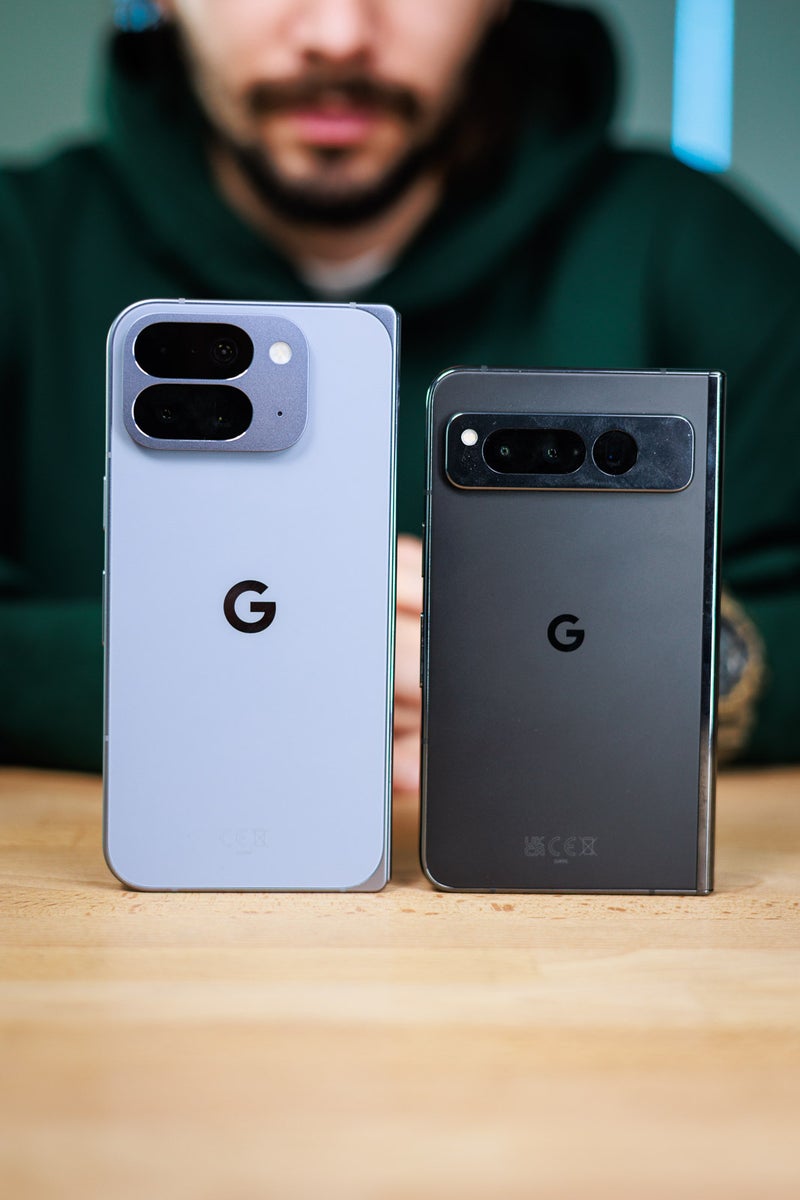
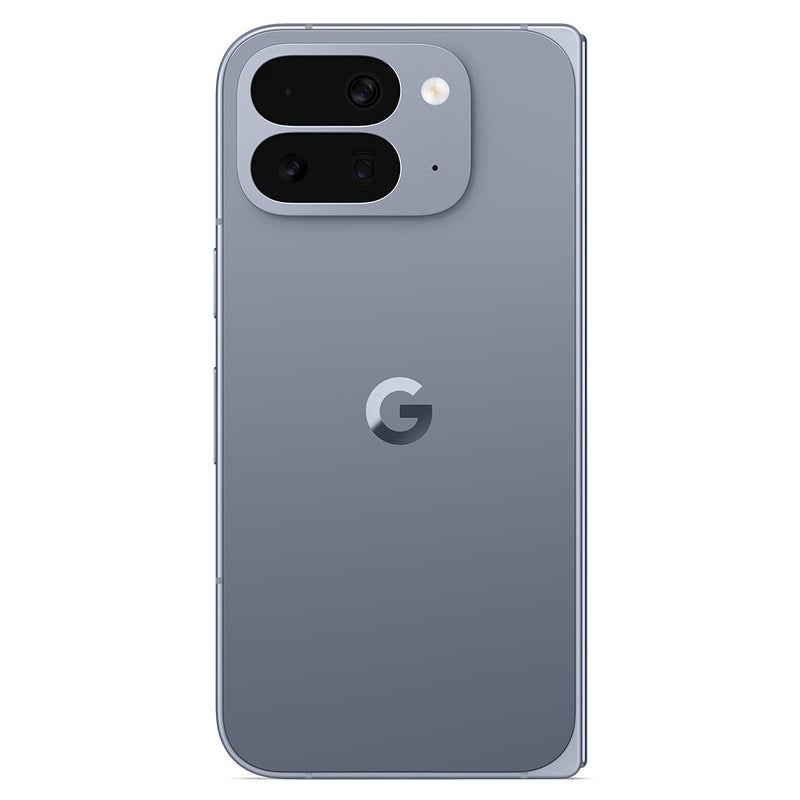
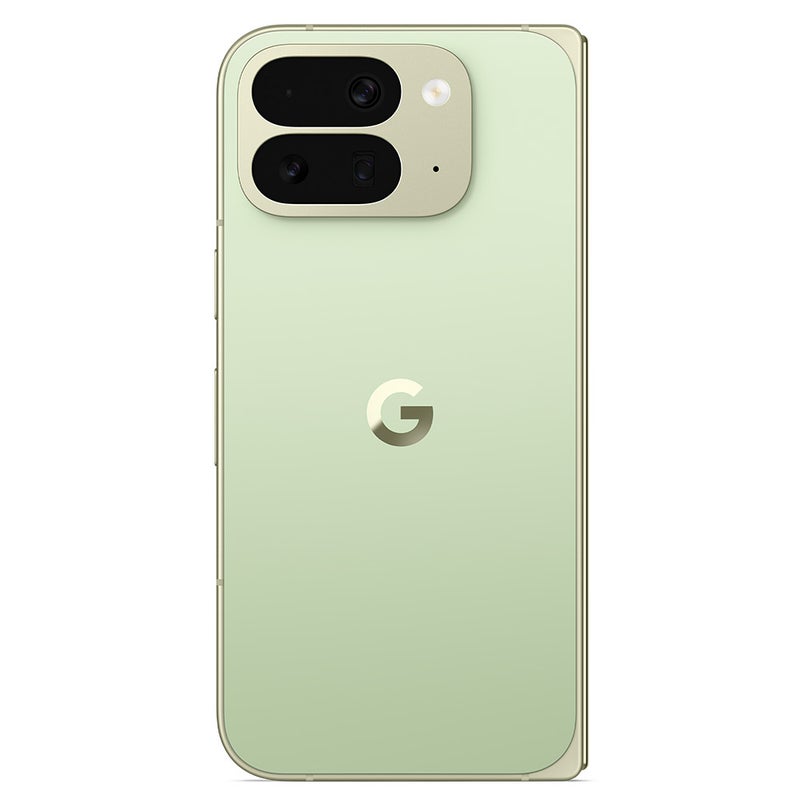
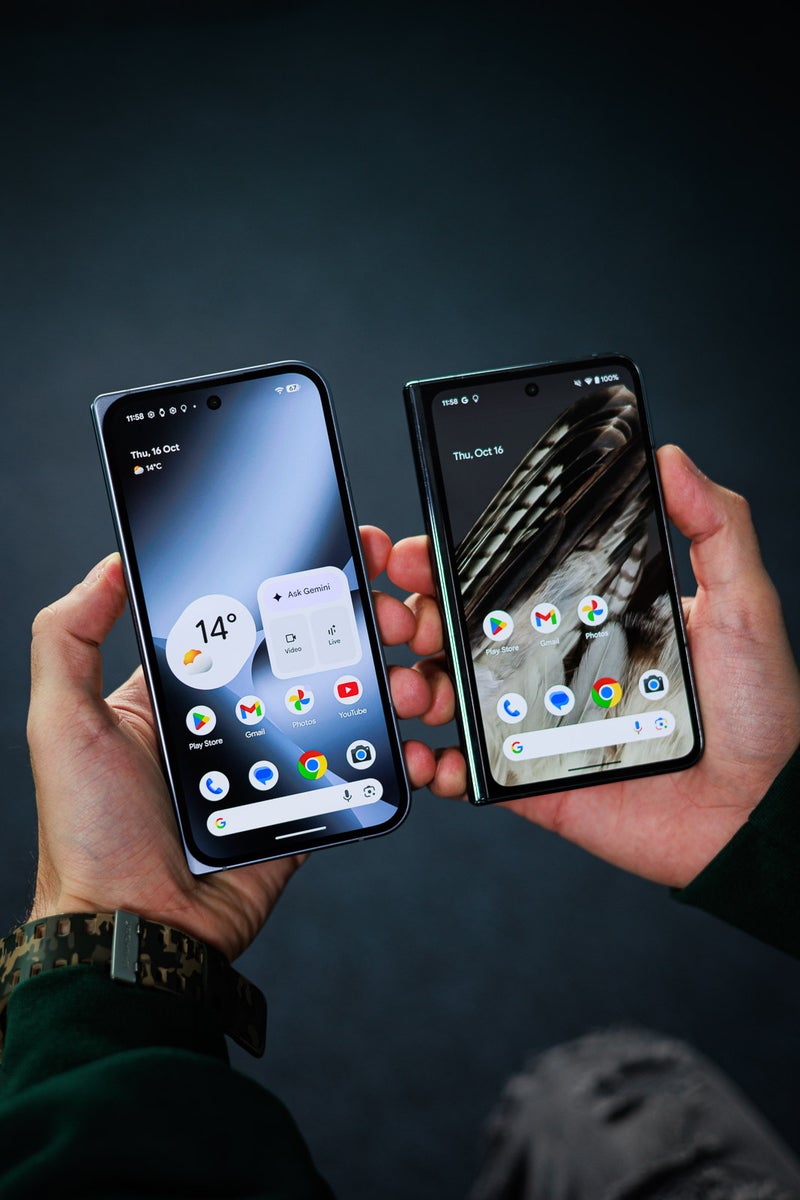
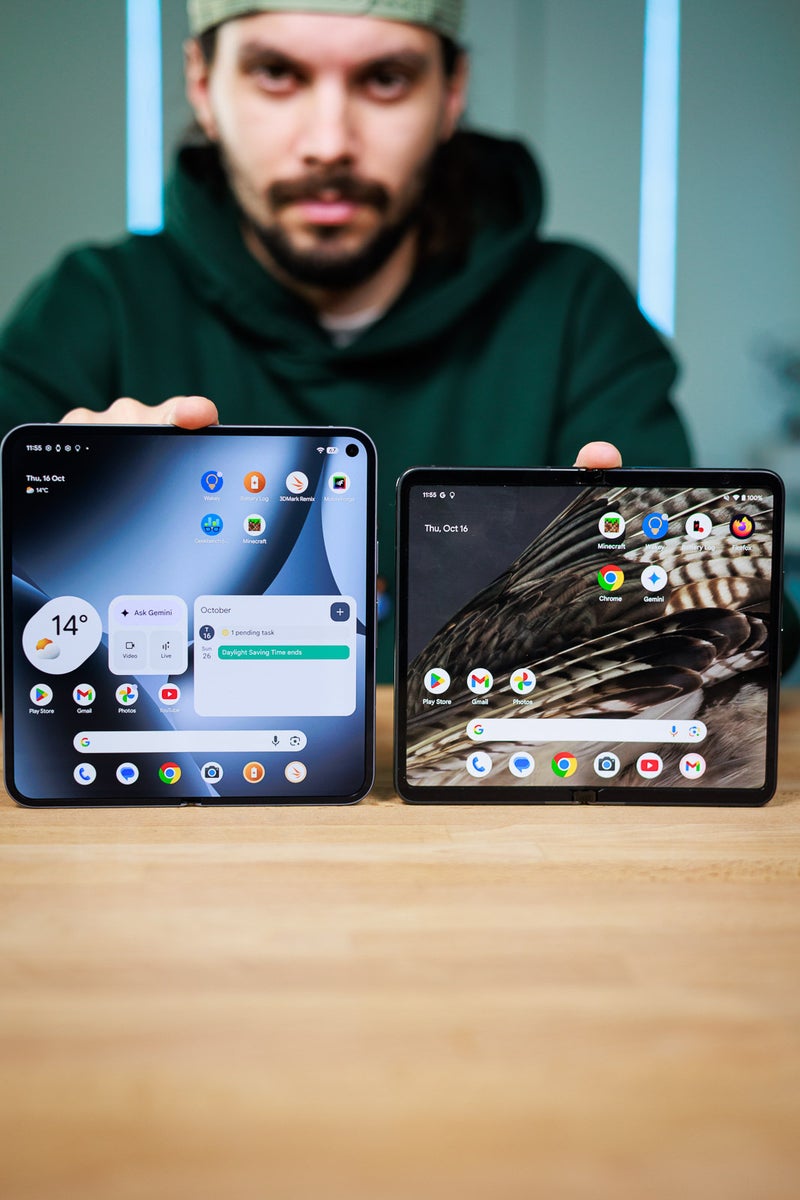
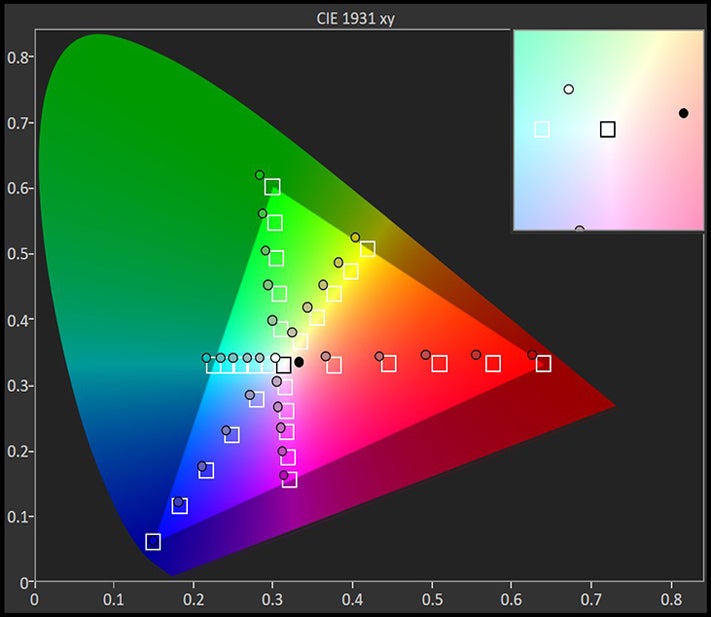
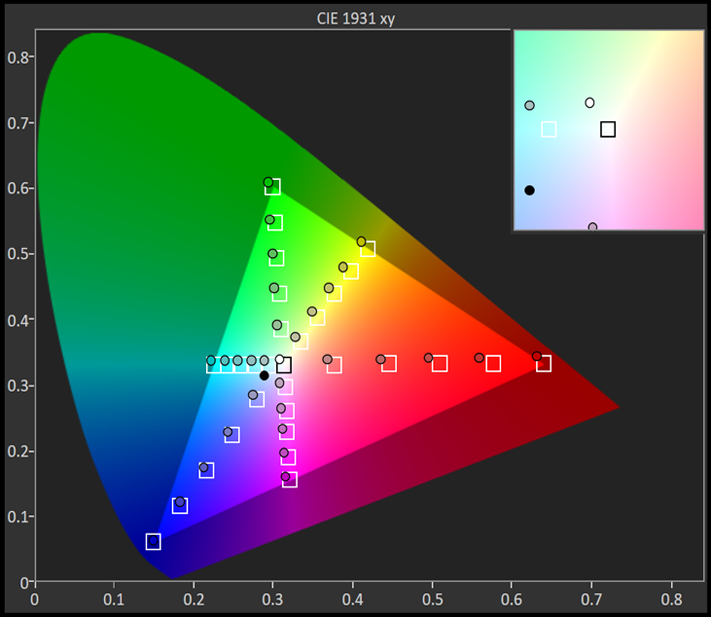





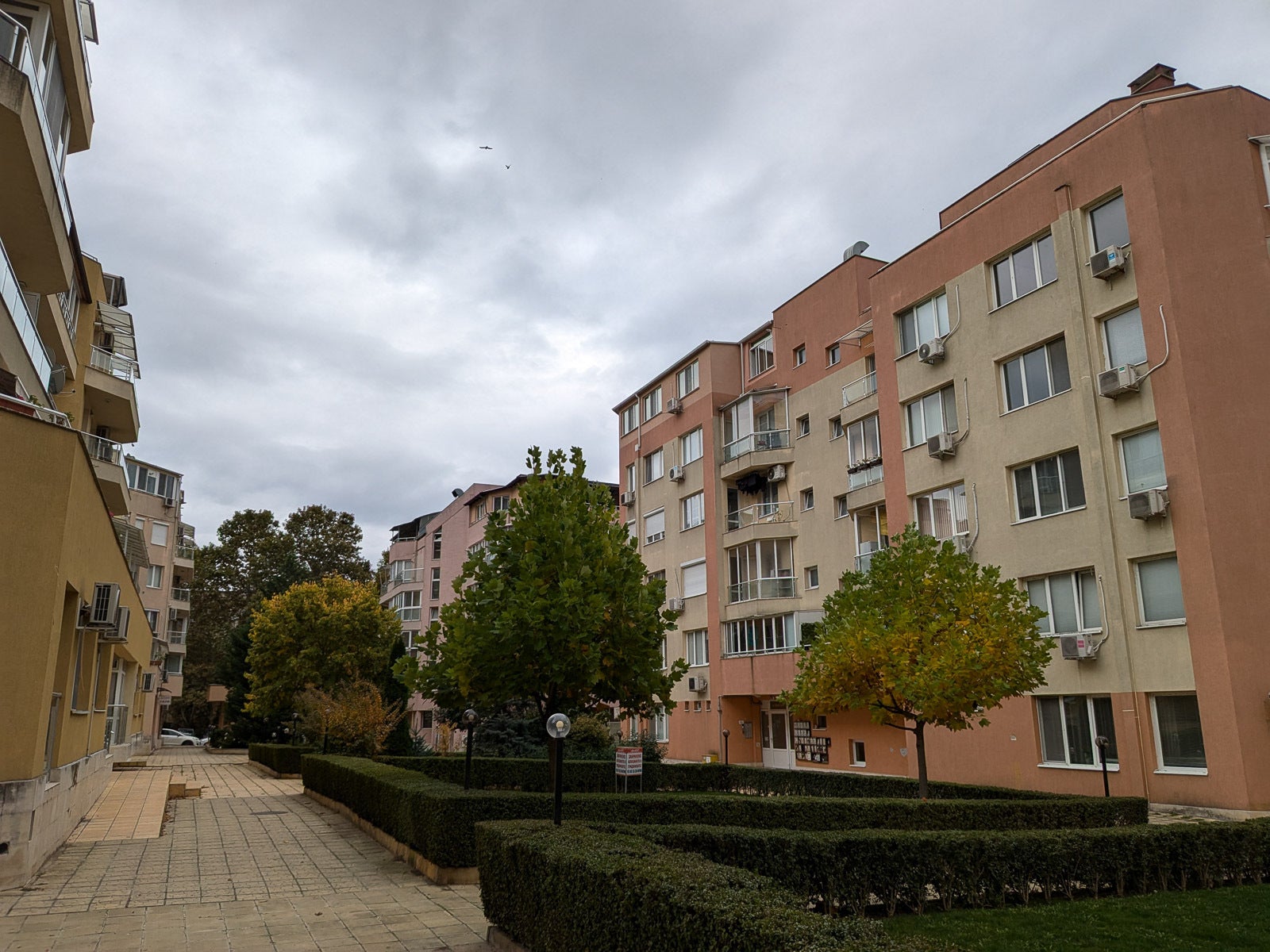




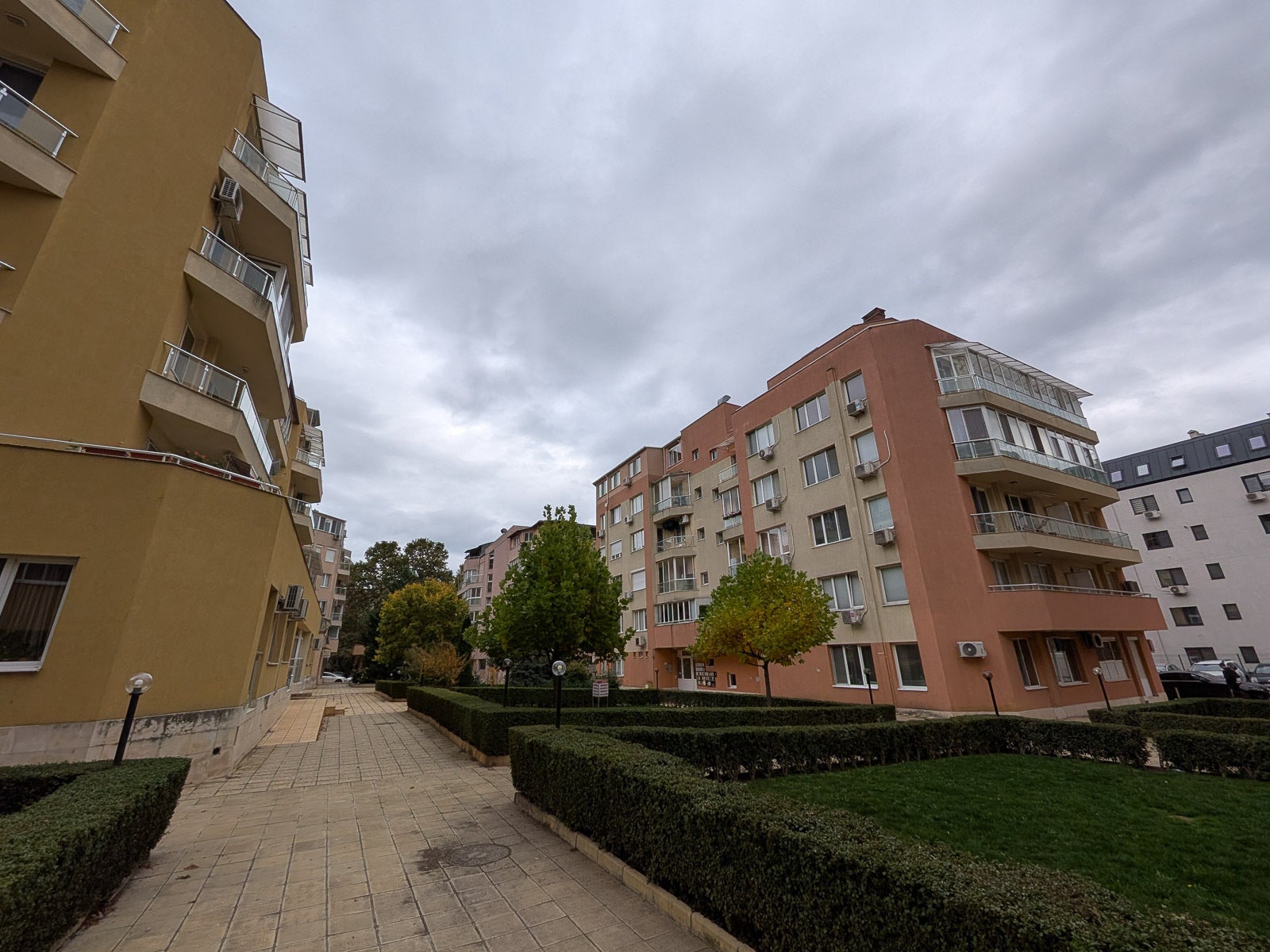






![Some T-Mobile users might be paying more starting in March [UPDATED]](https://m-cdn.phonearena.com/images/article/176781-wide-two_350/Some-T-Mobile-users-might-be-paying-more-starting-in-March-UPDATED.webp)
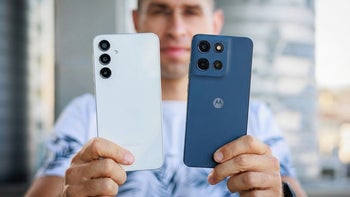
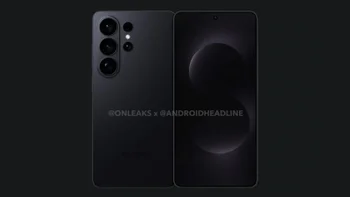




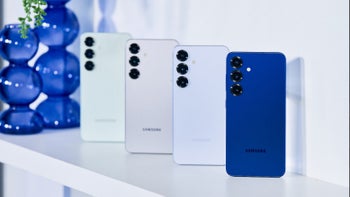


Things that are NOT allowed:
To help keep our community safe and free from spam, we apply temporary limits to newly created accounts: